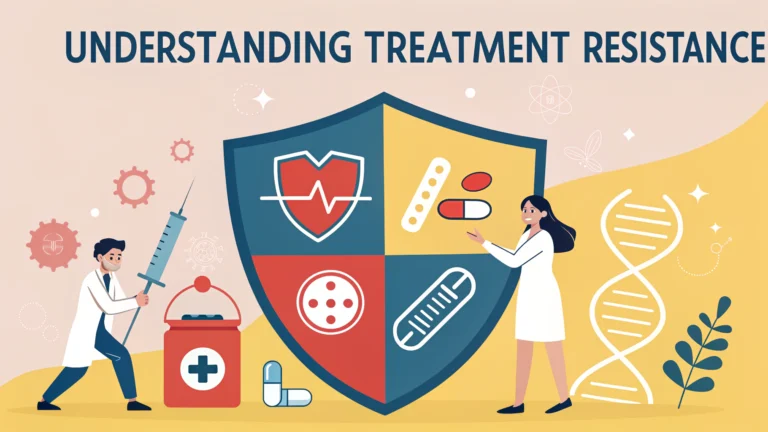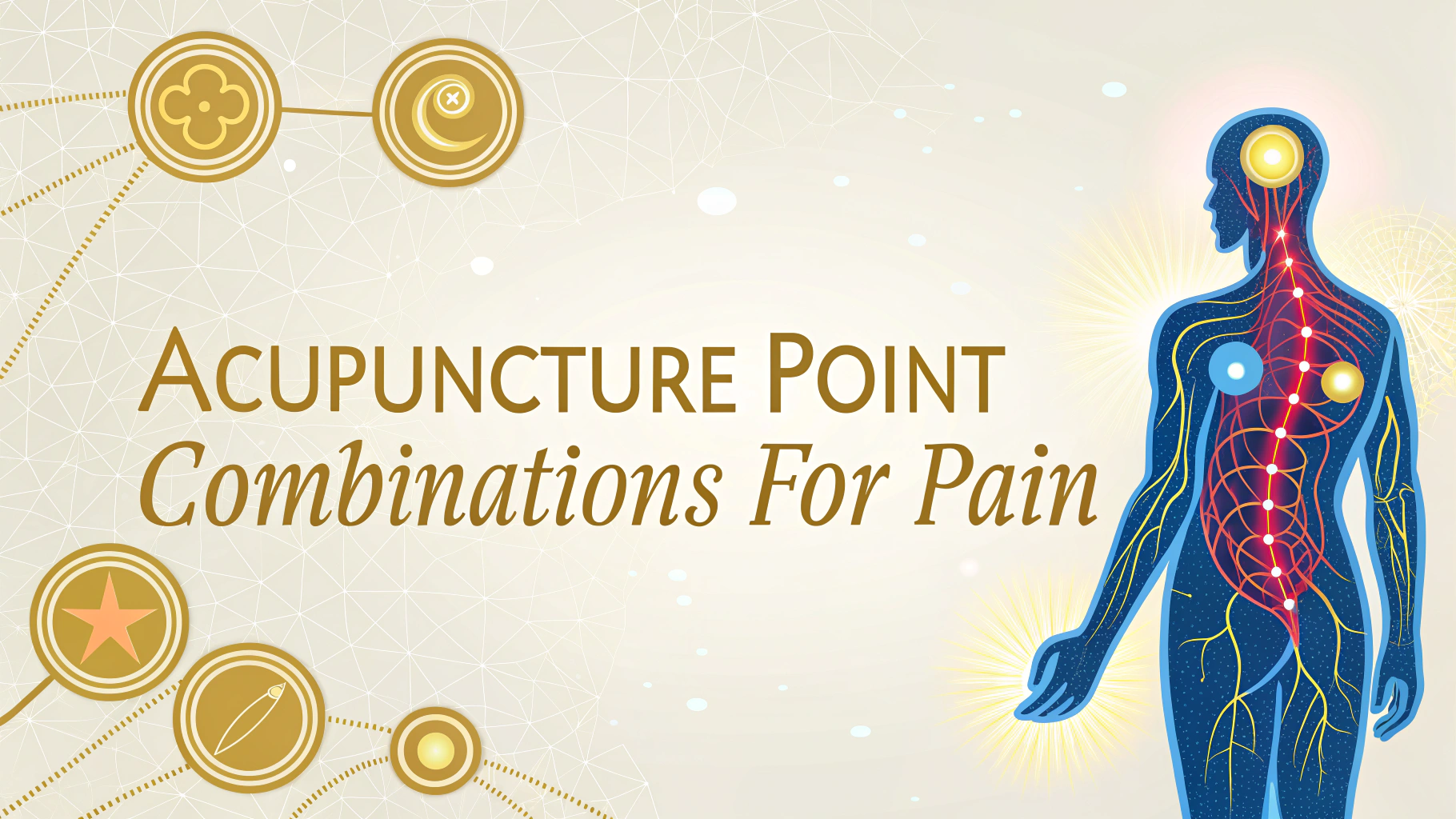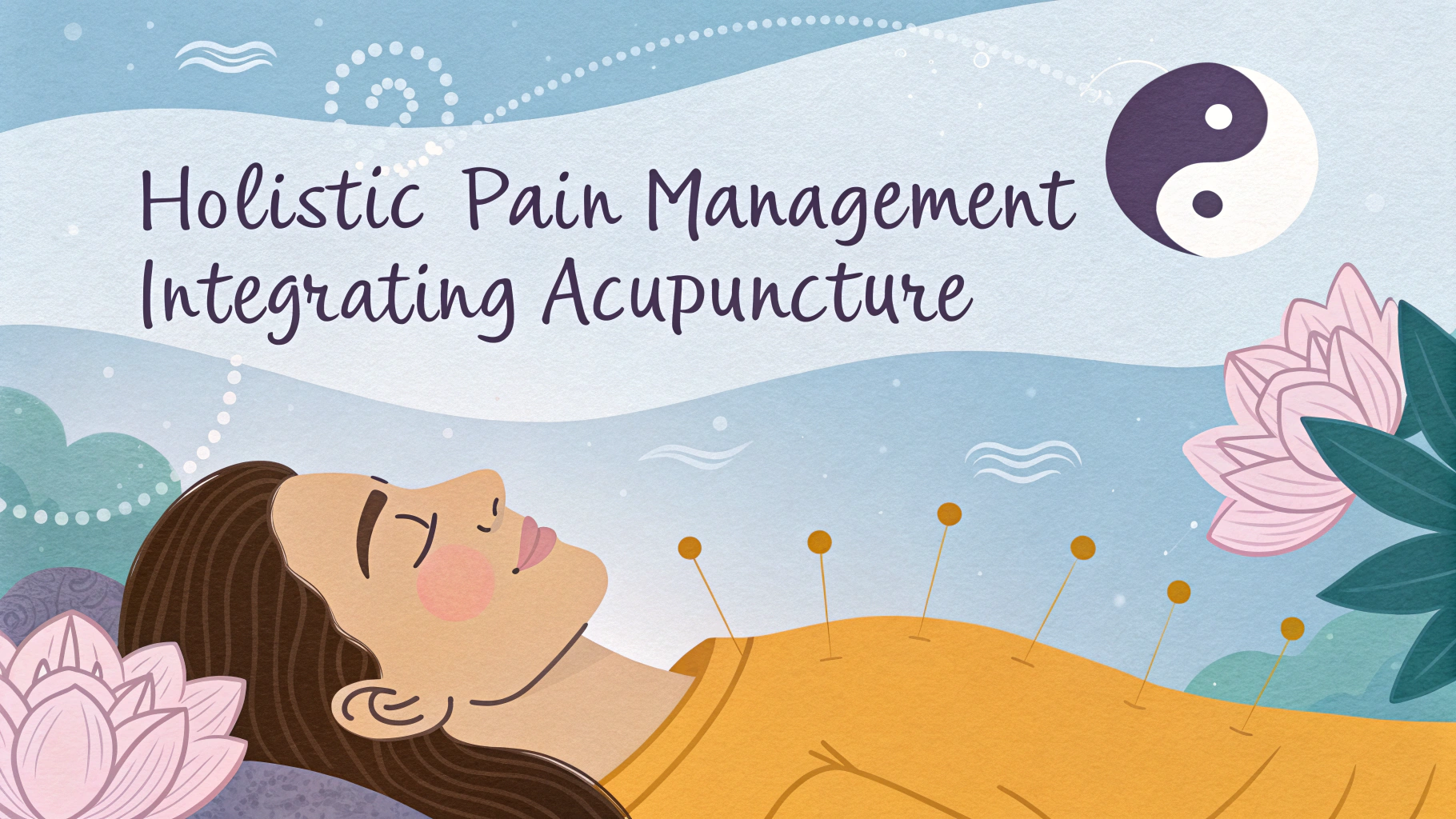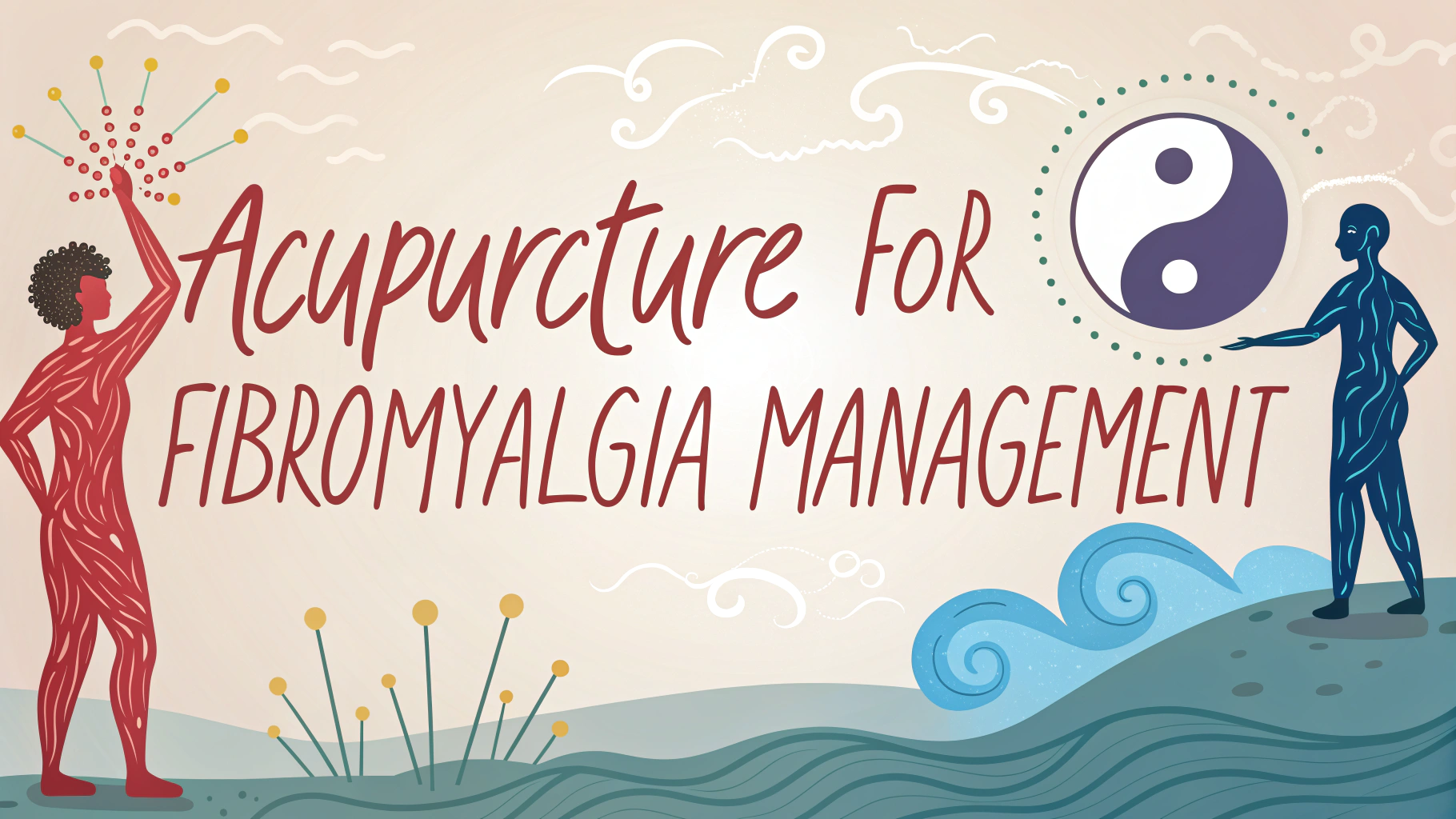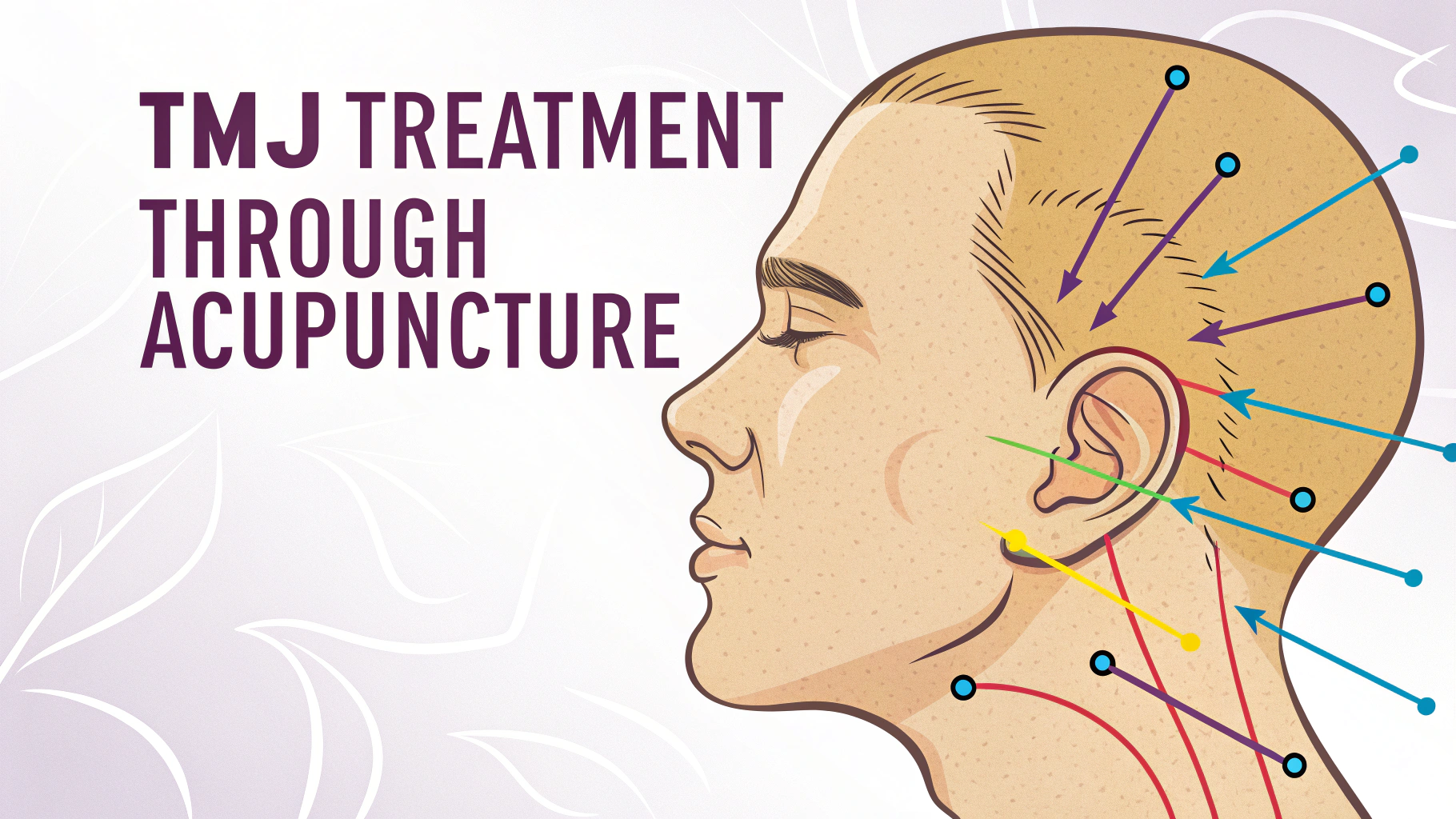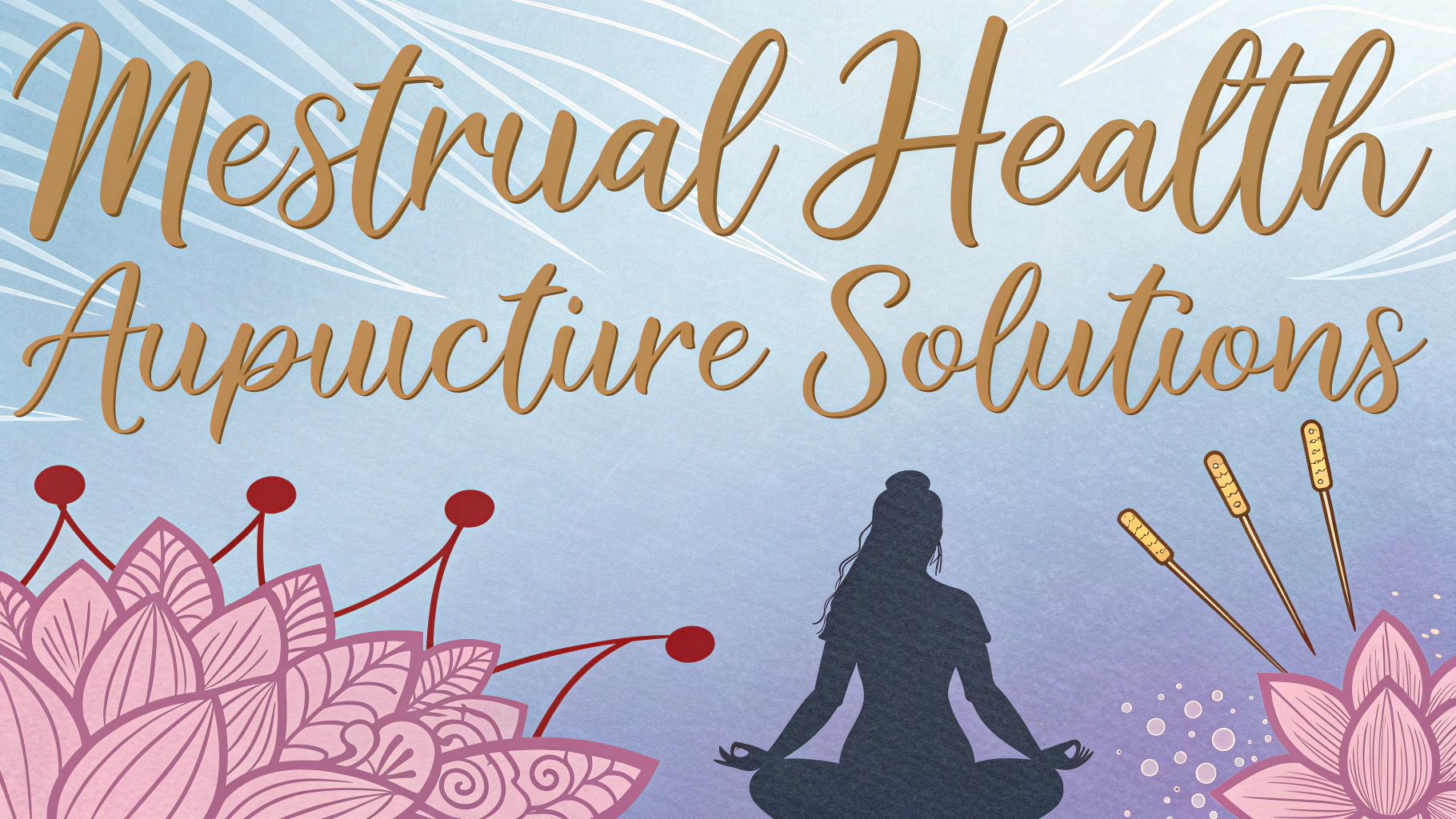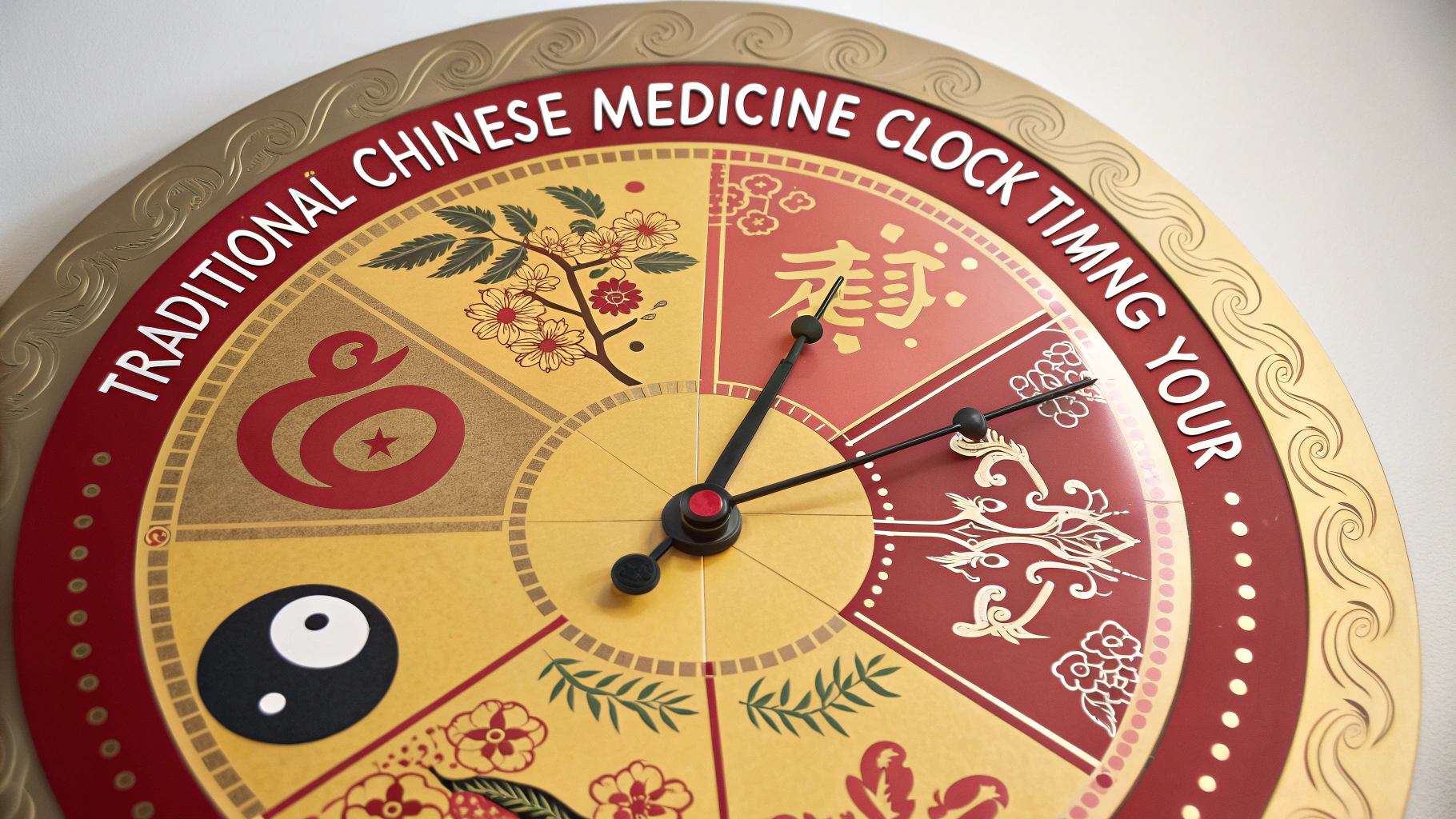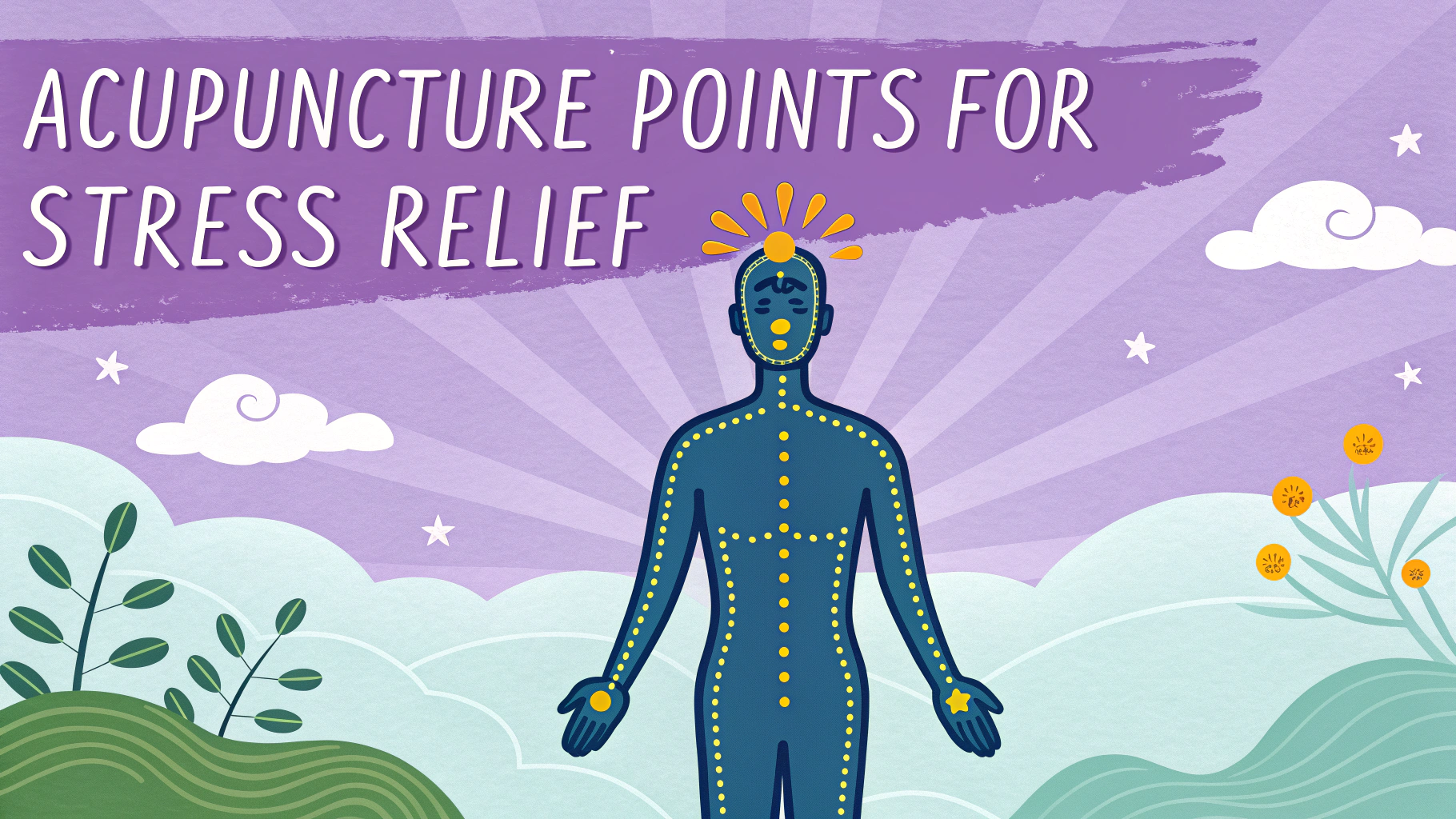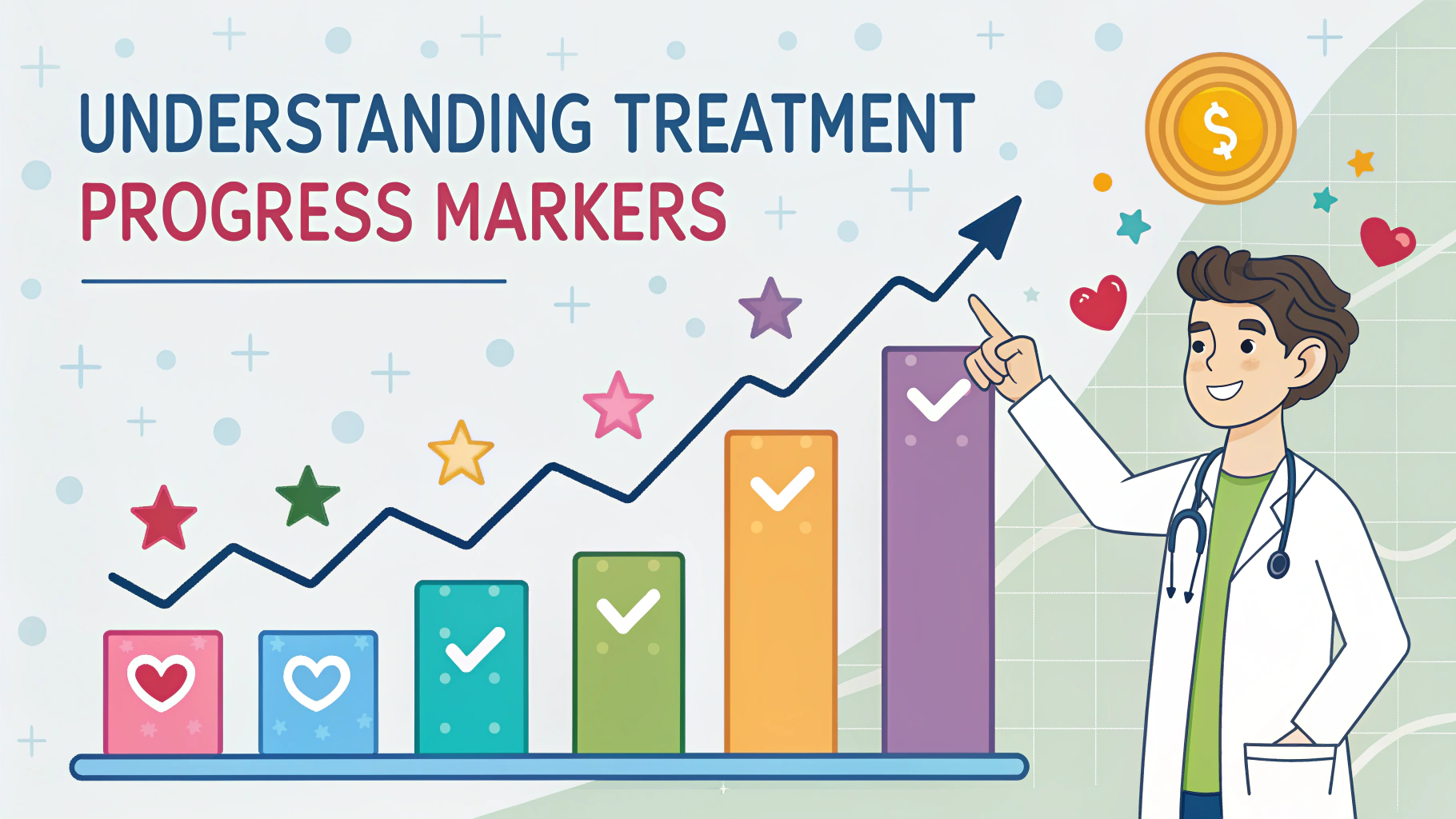Cupping therapy has roots dating back thousands of years in traditional Chinese medicine, where practitioners use specialized cups to create suction on specific points of the body.
This ancient healing technique has gained popularity among athletes, wellness enthusiasts, and those seeking natural pain relief methods.
Understanding how cupping works and its potential benefits can help you decide if this treatment aligns with your wellness goals.
How Cupping Therapy Works
During a cupping session, practitioners place special cups (made of glass, silicone, or plastic) on specific areas of your skin.
- Vacuum effect created through heat or manual pumping
- Skin and superficial muscle layer are drawn into the cup
- Sessions typically last 5-15 minutes
- Cups may be moved or left in place
Types of Cupping
Different cupping methods serve various therapeutic purposes:
| Type | Description | Best For |
|---|---|---|
| Dry Cupping | Cups left stationary | Muscle pain, tension |
| Moving Cupping | Cups glided across skin | Large muscle groups |
| Wet Cupping | Includes small incisions | Blood circulation issues |
Benefits and Applications
- Reduces muscle tension and pain
- Improves blood circulation
- Helps with respiratory conditions
- Supports lymphatic drainage
- May reduce inflammation
What to Expect During Treatment
A typical cupping session begins with a consultation to discuss your health concerns and treatment goals.
The practitioner will clean the treatment area and apply oil to help the cups glide smoothly.
You may experience a tight sensation where the cups are placed, but the treatment shouldn’t be painful.
Aftercare and Recovery
- Circular marks typically fade within 3-10 days
- Stay hydrated after treatment
- Avoid hot showers or baths for 24 hours
- Keep the treated area covered in cold weather
Finding a Qualified Practitioner
Look for practitioners certified by recognized organizations like the International Cupping Therapy Association (ICTA) or National Certification Commission for Acupuncture and Oriental Medicine (NCCAOM).
Contact your state’s acupuncture board for licensed practitioners in your area.
Schedule a consultation to discuss their experience and approach before booking a full session.
Moving Forward with Cupping
Consider starting with a gentle session to see how your body responds to the treatment.
Document your experience and results to help determine if additional sessions would be beneficial.
Combine cupping with other complementary therapies like acupuncture or massage for enhanced results.
Safety Considerations
While generally safe, cupping therapy isn’t suitable for everyone. Consider these factors:
- Avoid if taking blood thinners
- Not recommended during pregnancy
- Unsuitable for those with certain skin conditions
- Caution with bleeding disorders
- Avoid on sunburned or irritated skin
Treatment Frequency
The optimal treatment schedule varies based on individual needs:
- Acute conditions: 2-3 times per week
- Chronic conditions: Once per week
- Maintenance: Once every 2-4 weeks
- Athletic performance: Before or after events
Complementary Practices
Enhance cupping therapy results by incorporating:
- Proper stretching routines
- Regular exercise
- Adequate hydration
- Stress management techniques
- Healthy sleep habits
Making Cupping Part of Your Wellness Journey
Cupping therapy offers a time-tested approach to natural healing and wellness. When performed by qualified practitioners and combined with healthy lifestyle choices, it can be a valuable component of your overall health strategy.
Start with clear treatment goals, maintain open communication with your practitioner, and monitor your body’s response to develop an effective, personalized therapy plan.
Remember that healing takes time, and consistent, mindful application of therapeutic techniques often yields the best long-term results.
FAQs
- What is cupping therapy and how does it work?
Cupping therapy involves placing special cups on the skin to create suction. This suction increases blood flow, reduces muscle tension, and promotes healing by drawing stagnant blood and toxins to the surface. - Are there different types of cupping techniques?
Yes, there are several methods including dry cupping, wet cupping, fire cupping, and sliding cupping. Each technique serves different purposes and may be used depending on the specific condition being treated. - What conditions can cupping therapy help treat?
Cupping can help with muscle pain, back pain, neck pain, arthritis, fibromyalgia, respiratory issues, anxiety, blood circulation problems, and inflammatory conditions. - Is cupping therapy painful?
While not typically painful, patients may experience a tight sensation where the cups are placed. Some bruising or skin discoloration is normal and typically fades within 3-10 days. - How long does a typical cupping session last?
A typical session lasts between 10-20 minutes, though treatment time can vary based on the condition being treated and the method used. - How often should I get cupping therapy?
Treatment frequency varies by individual and condition. Some may benefit from weekly sessions, while others might need sessions only once a month or as needed for specific issues. - Are there any side effects or risks associated with cupping?
Common side effects include temporary marks, mild discomfort, and skin sensitivity. People with bleeding disorders, skin conditions, or who are on blood thinners should avoid cupping. - Can cupping therapy be combined with other treatments?
Yes, cupping often complements other therapies like acupuncture, massage, physical therapy, and traditional medical treatments for enhanced therapeutic benefits. - What should I do before and after a cupping session?
Before: Stay hydrated and avoid heavy meals. After: Continue drinking water, avoid exposure to cold air or wind, and refrain from intense exercise for 24 hours. - How long have people been practicing cupping therapy?
Cupping therapy dates back over 3,000 years, with origins in ancient Egyptian, Chinese, and Middle Eastern cultures, making it one of the oldest forms of traditional medicine.
